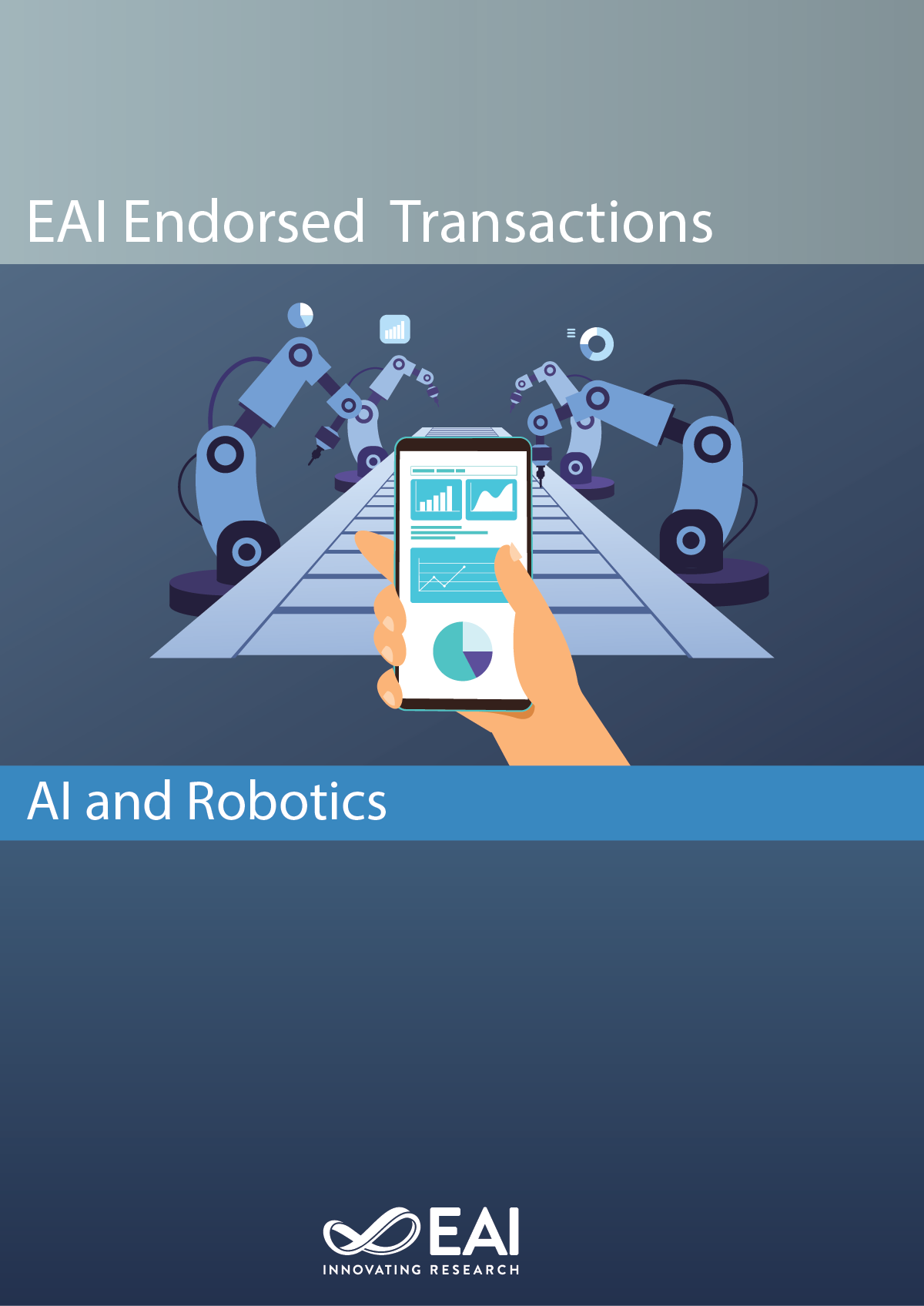Emergency Evacuation Based on Cellular Automata
DOI:
https://doi.org/10.4108/airo.v2i1.3127Keywords:
Emergency evacuation, Anxiety, Cellular automata, SimulationAbstract
With the increasing number or scale of large-scale assembly activities, emergency evacuation has become increasingly important. In order to understand the evacuation behavior of people, this paper uses European distance, simulation and other methods to optimize the research and design of evacuation in emergency. The main contents of this paper are as follows: First, based on the principle and update rules of cellular automata, determine the three key factors of gender, age and emotional intensity, and the evacuation model based on cellular automata, and then use MATLAB software to simulate the change of people flow under different anxiety conditions, and output relevant data and visual images. Finally, the differences of the experimental results caused by the key factors are discussed. Secondly, study the evacuation rate change curve, as well as the key factors and their effects. Based on the average speed and average flow model of the system, simulate and output the corresponding visual images. Thirdly, in order to study and determine the best simulated evacuation route and the dynamic process of personnel evacuation in the case of different door widths, based on the evacuation route selection model with the shortest time to reach the two doors, the best pedestrian evacuation route is selected according to the shortest time rule. Fourth, in order to study the impact of reduced visibility in the hall on the whole process. In this paper, the regional discretization method is used to establish the perception range model under visibility and analyze the factor changes in the whole process.
Downloads
References
Sunor (2022) Study on decision-making behavior of crowd evacuation exit in emergency. Master’s thesis, Inner Mongolia University of Finance and Economics.
zhengying (2021) Modeling and simulation of pedestrian evacuation in typical dangerous scenarios. Ph.D. thesis, Beijing Jiaotong University.
(1996) A simulation model for emergency evacuation. European Journal of Operational Research 90(3): 413–419.
Tweedie, S.W., Rowland, J.R., Walsh, S.J., Rhoten, R.P. and Hagle, P.I. (1986) A methodology for estimating emergency evacuation times. The Social Science Journal 23(2): 189–204.
Changkun, L. (2021) Research on Evacuation Experiment and Simulation Model Based on Emotional Infection. Master’s thesis, Shenyang University.
Chopard, B. and Droz, M. (1998) Cellular automata. Modelling of Physical .
Wolfram, S. (1984) Cellular automata as models of complexity. Nature 311(5985): 419–424.
Maignan, L. and Yunes, J.B. (2013) Moore and von neumann neighborhood n-dimensional generalized firing squad solutions using fields. In 2013 First International Symposium on Computing and Networking (IEEE): 552–558.
Bishop, D.M. (1990) Molecular vibrational and rota-tional motion in static and dynamic electric fields. Reviews of Modern Physics 62(2): 343.
Zhonglin, Z., Zhiyu, C. and Yuantao, L. (2010) Research on k_means algorithm based on weighted euclidean distance. Journal of Zhengzhou University: Engineering Edition (1): 89–92.
Athanassopoulos, S., Kaklamanis, C., Kalfoutzos, G. and Papaioannou, E. (2012) Cellular automata: simulations using matlab. In Proceedings of the sixth international conference on digital society (ICDS): 63–68.
Mc Donald, K. and Sun, D.W. (2001) Effect of evacuation rate on the vacuum cooling process of a cooked beef product. Journal of Food Engineering 48(3): 195–202.
Peng, X. (2009) Simulation of Emergency Evacuation Process with Cellular Automata Model. Master’s thesis, Guangxi Normal University.
Lu, X., Luh, P.B., Tucker, A., Gifford, T., Astur, R.S. and Olderman, N. (2016) Impacts of anxiety in building fire and smoke evacuation: modeling and validation. IEEE Robotics and Automation Letters 2(1): 255–260.
Hohenberger, C., Spörrle, M. and Welpe, I.M. (2016) How and why do men and women differ in their willingness to use automated cars? the influence of emotions across different age groups. Transportation Research Part A: Policy and Practice 94: 374–385.
Jorm, A.F. (2000) Does old age reduce the risk of anxiety and depression? a review of epidemiological studies across the adult life span. Psychological medicine 30(1): 11–22.
Jieqiong, W. (2020) Emergency evacuation route plan-ning of museums based on cellular automata and graph theory. Electronic technology and software engineering (10): 151–152.
Krukoff, T.L. and Weigel, M.A. (1989) Metabolic alter-ations in discrete regions of the rat brain during develop-ment of spontaneous hypertension. Brain research 499(1): 1–6.
Han, Y., Liu, H. and Moore, P. (2017) Extended route choice model based on available evacuation route set and its application in crowd evacuation simulation. Simulation Modelling Practice and Theory 75: 1–16.
Biegler, L.T. (2007) An overview of simultaneous strate-gies for dynamic optimization. Chemical Engineering and Processing: Process Intensification 46(11): 1043–1053.
Adrian, W. (1987) Visibility levels under night-time driving conditions. Journal of the illuminating engineering society 16(2): 3–12.
Downloads
Published
Issue
Section
License
Copyright (c) 2023 Zezhong Huang, Shijun Liu, Yuan Huang, Liying Lan

This work is licensed under a Creative Commons Attribution-NonCommercial-ShareAlike 4.0 International License.
This is an open access article distributed under the terms of the CC BY-NC-SA 4.0, which permits copying, redistributing, remixing, transformation, and building upon the material in any medium so long as the original work is properly cited.





